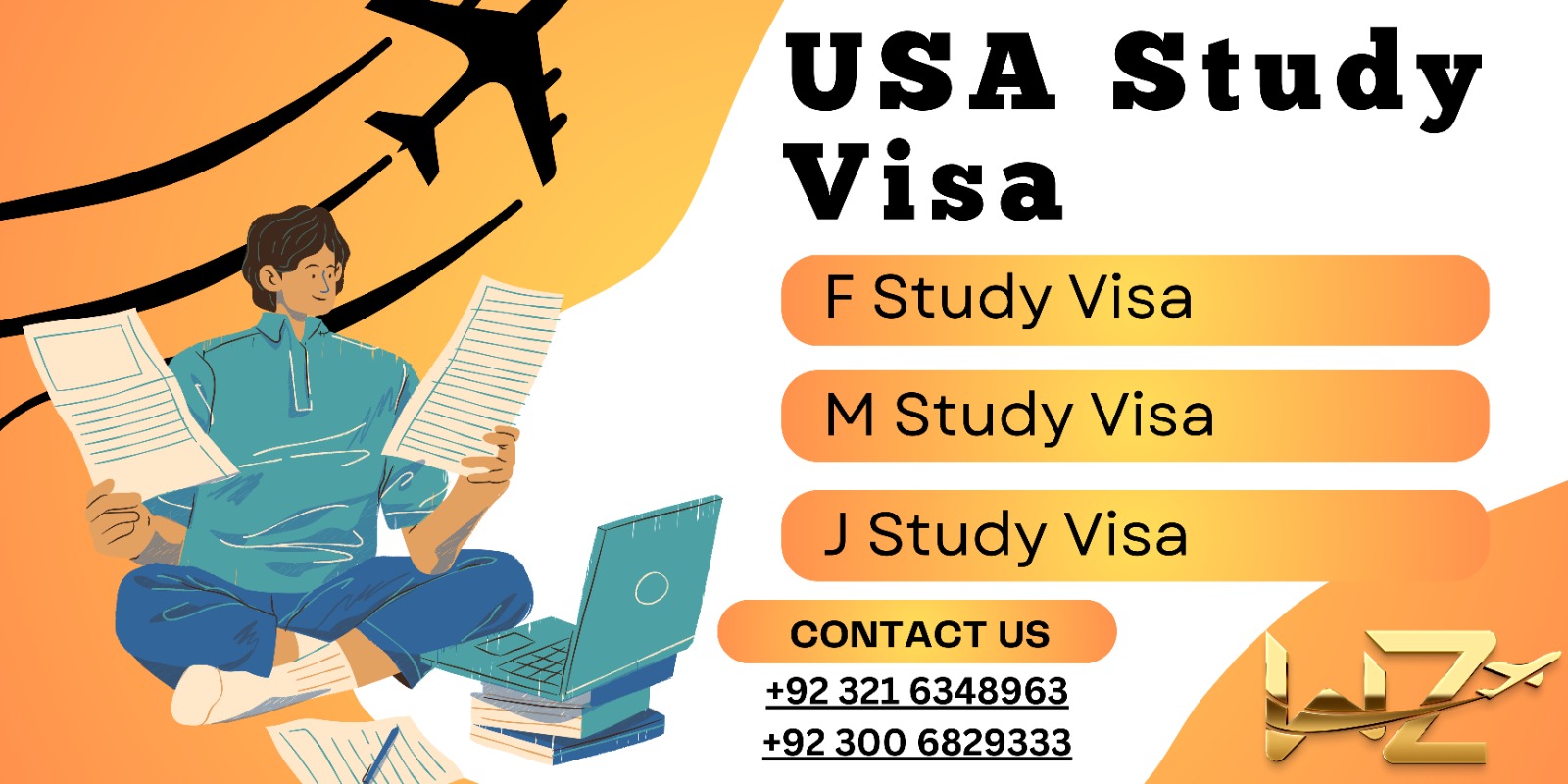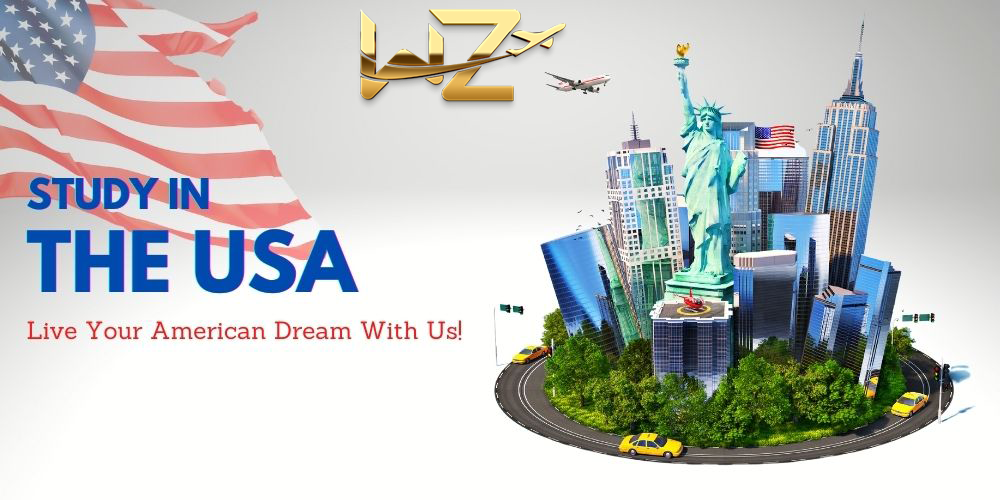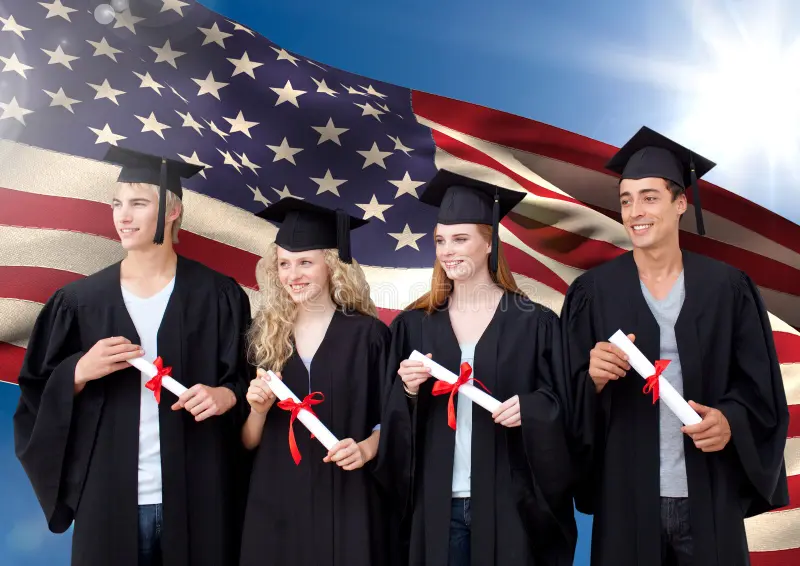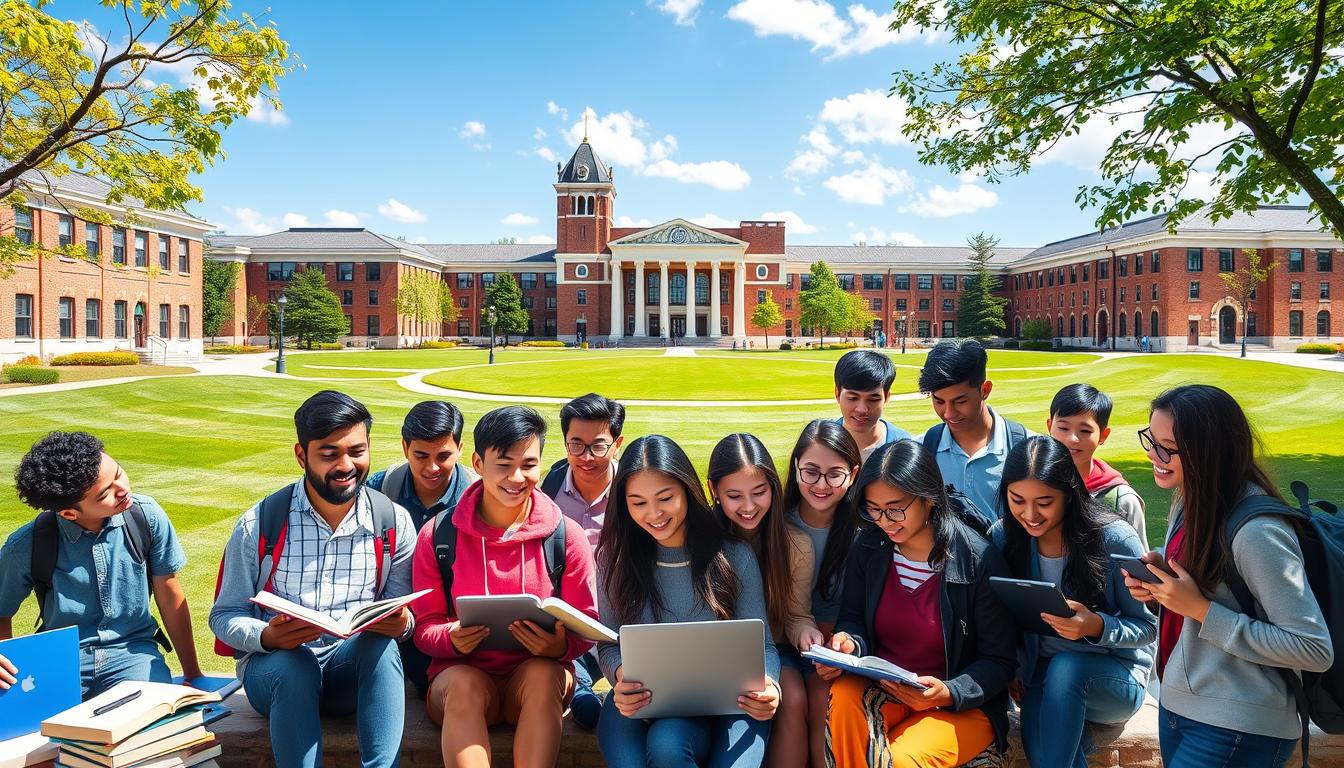Office suite #304, 3rd Floor, Siddique Trade Centre, Gulberg2, , Lahore, Pakistan

+92 321 6348963

This type of US student visa is for international students who want to earn a university degree at an accredited US college or university, or study English at an English-language intensive university or institute. There are three types of F visas:

The second category of US student visas is for international students who wish to pursue non-academic or professional study or training at an institution in the United States. There are three types of M visas:

Finally, this third type of American student visa is intended for international visitors who participate in programs in the United States that promote cultural exchange. Whether seeking medical, business or other training, all applicants must meet the eligibility criteria of the program in question and be sponsored by a private sector or government program. J visa holders are usually in the US for a short time, perhaps a semester or two. There are two types of J visas:
J-1 visa holders will be subject to a two-year physical presence requirement in their home country (stay abroad) if they are part of a government-sponsored exchange program, if is pursuing advanced medical training, or if his training is listed. on the exchange visitor skills list (ie, the J-1 visa holder’s home country has deemed their area of specialized knowledge or skills necessary for the development of the country). This requirement means that J-1 visa holders must return to their home country for at least two years after the end of their exchange visitor program.

Now that we know the US student visa application requirements, let's talk about the US student visa cost. US student visa fees can be divided into two parts, namely SEVIS fees and visa application fees. Below is the full breakdown of US student visa costs for different types of visas:
| Type of Fee | F-1 Visa Type | J-1 Visa Type | M-1 Visa Type |
|---|---|---|---|
| SERVIS Fee | 350 USD | 220 USD | 350 USD |
| Visa Application Fee | 160 USD | 160 USD | 160 USD |
Once you have been accepted to an SEVP-approved school and received your Form I-20, the next step is to complete the Online Nonimmigrant Visa Application, Form DS-160. After completing the DS-160, you can schedule your visa interview. Don’t forget to prepare your documents before going to your visa interview.

The processing time for a US student visa can be on average 3 to 5 weeks, or even 2 to 3 months, depending on your application and the type of visa. F-1 visa applicants can expect a shorter processing time than other visa types. After receiving a positive response from the US visa consulate, applicants can usually expect to receive their paper copy of the visa in about 2-3 days. Also, F-1 visas are issued no earlier than 120 days after the start of your stay.
Copyright 2024 Wayena Zafar. All rights reserved.
WhatsApp us